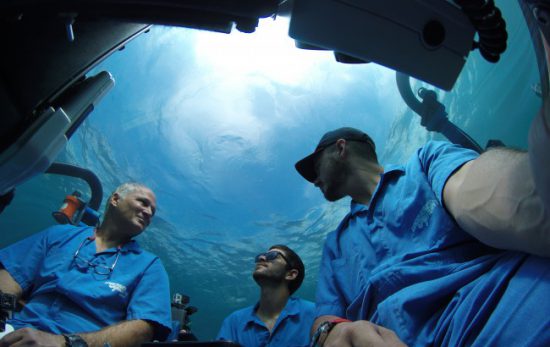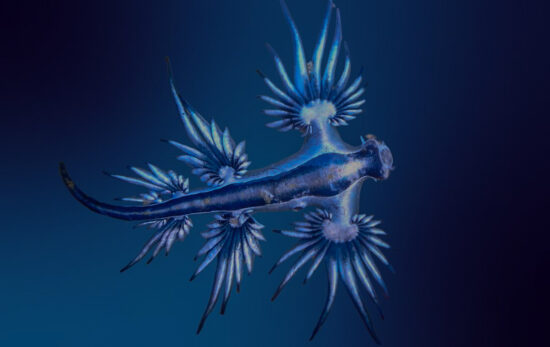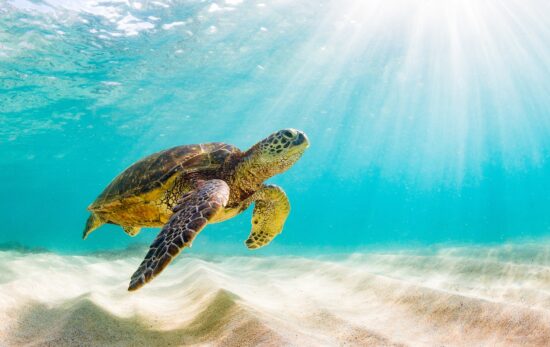Sea lions are some of the most adorable creatures that you’ll find in the sea. In fact, their name may be a bit of a misnomer; sea puppy might be a better fit. Of course, this is purely an opinion. If you’re looking for some solid sea lion facts to answer questions such as ‘what is the difference between a seal and a sea lion‘ and ‘what do sea lions eat‘, then here are fourteen of them.
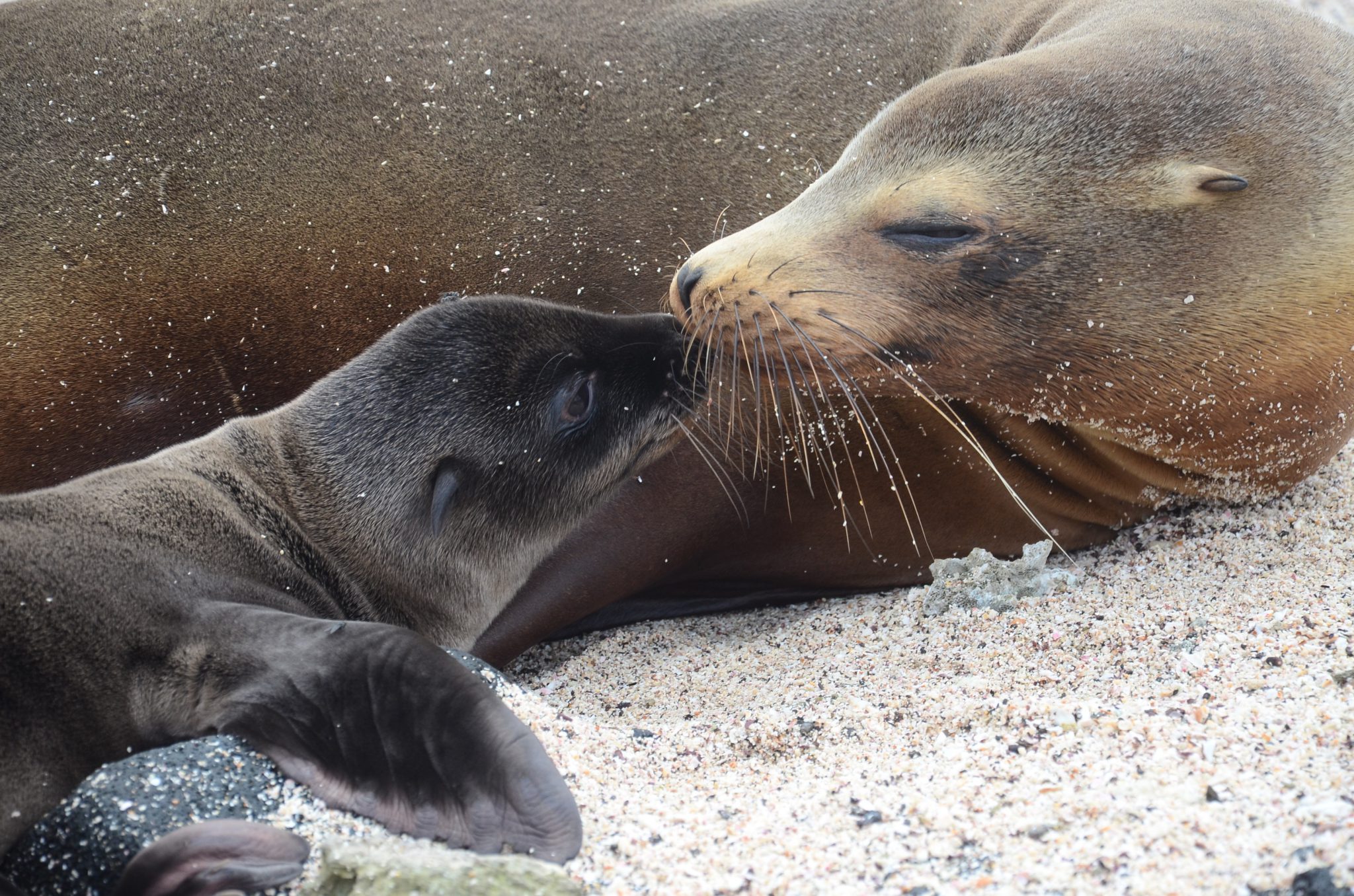
1. They are mammals
That makes sense, considering the lion part of the name. They give birth to live pups, and the females produce milk to nurse their young – just like puppies!
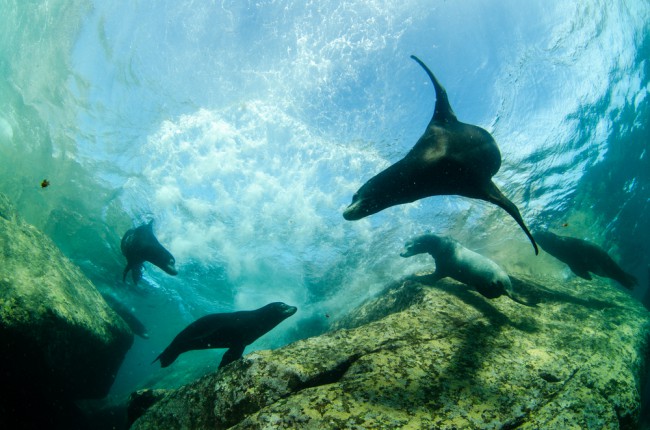
2. There are many sea lion species
There are actually seven different species, even though they often seem to be bundled into the same category. Six species can be seen today, but one is sadly now extinct. They all belong to a group of animals called pinnipeds along with seals and walruses.
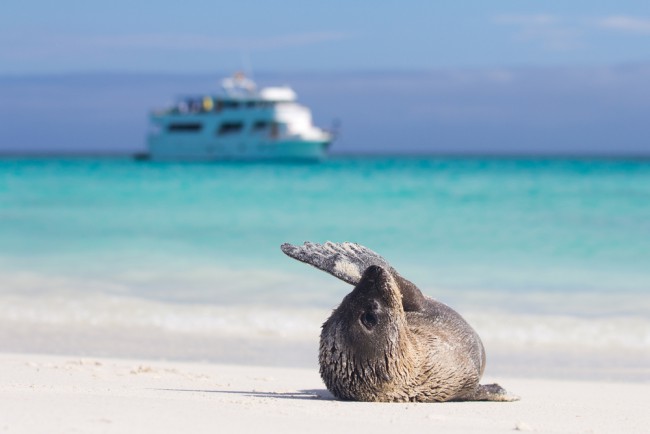
3. The Northern Atlantic Ocean is off-limits
Where do sea lions live? Well, pretty much throughout the world, from Mexico to Australia – except for the Northern Atlantic Ocean. This is strange since its temperatures are certainly compatible with where these marine mammals typically live, and there’s plenty of food there. Scientists have no idea why they refuse to inhabit this area.
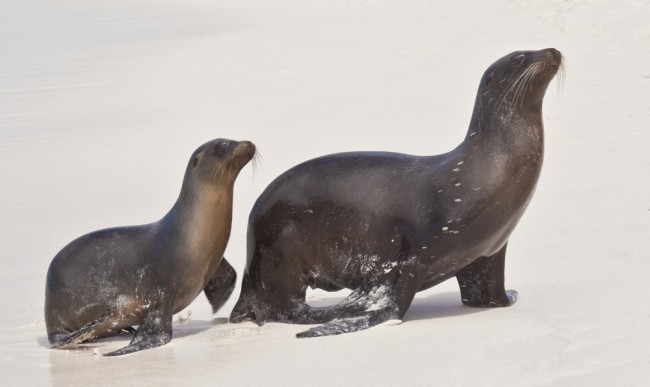
4. Sea lions vs. seals
While both species belong to the pinniped order of marine mammals, the most noticeable difference is that seals can’t walk on land; instead, they bounce along – known as galumphing. Sea lions, however, can walk — even run — on all four flippers. Sea lions also have external ear flaps, which ‘true seals’ don’t have.
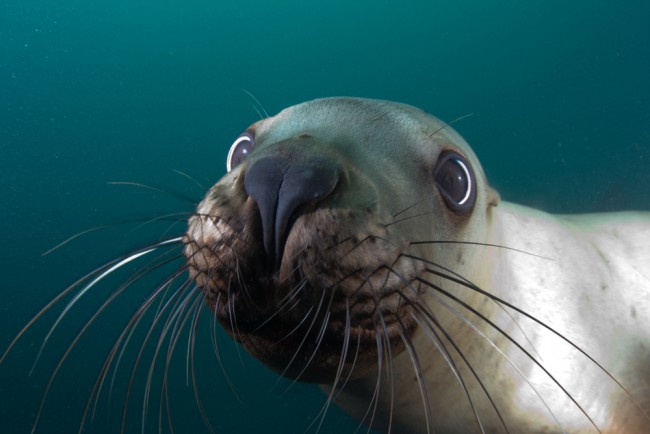
5. Sea lions are skillful hunters
These carnivores enjoy a varied seafood diet of small prey, such as herring, anchovies, crabs, and squid. Sea lions spearfish using 34 to 38 sharp teeth, and sift through reefs using their whiskers. They swallow their meals whole, and can eat up to 40 pounds a day! In some cases, sea lions have been known to consume up to 8% of their own body weight in food per day.
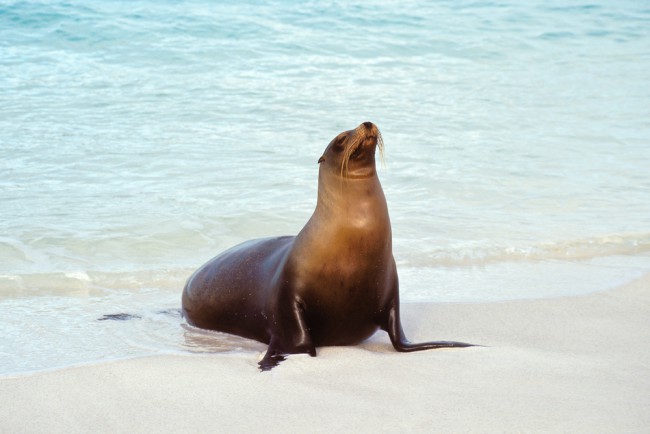
6. The bigger, the better
A male sea lion grows to be pretty big – much larger than females. The females look for the largest males to mate with, so in this case, yes, bigger is better.
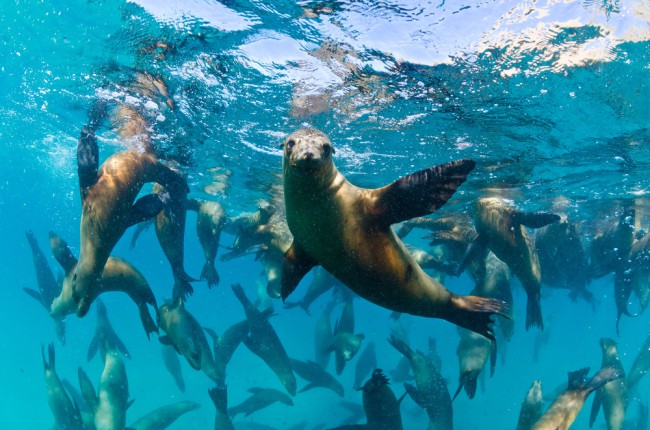
7. Sea lions are very social
These playful creatures communicate in a variety of ways, although scientists are still somewhat baffled as to what their sounds mean. They travel in large colonies, which have subgroups. Some individuals will even move from subgroup to subgroup during their lifetimes – so in a way, they’re kind of like cliques.
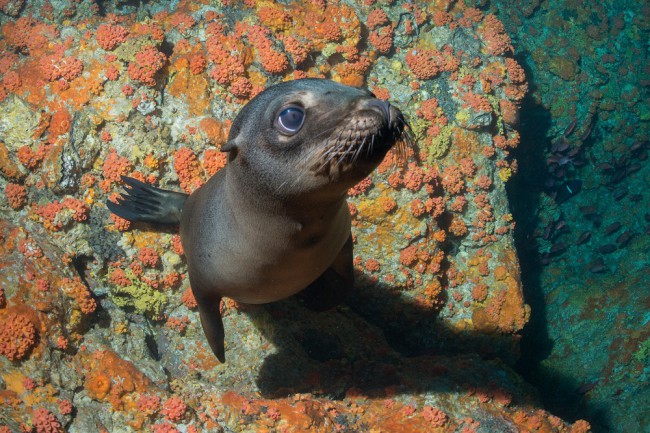
8. They can have age-related health issues
When they grow older, they become prone to pneumonia, epilepsy, and cancer.

9. Sea lions are expert freedivers
Like us humans, these freediving marine mammals need oxygen to survive. Their nostrils stay closed until they need to breathe in, making it easier for them to swim underwater. How long can sea lions hold their breath? Some species can dive up to an incredible 300 meters (984 feet), and hold their breath for up to 20 minutes!
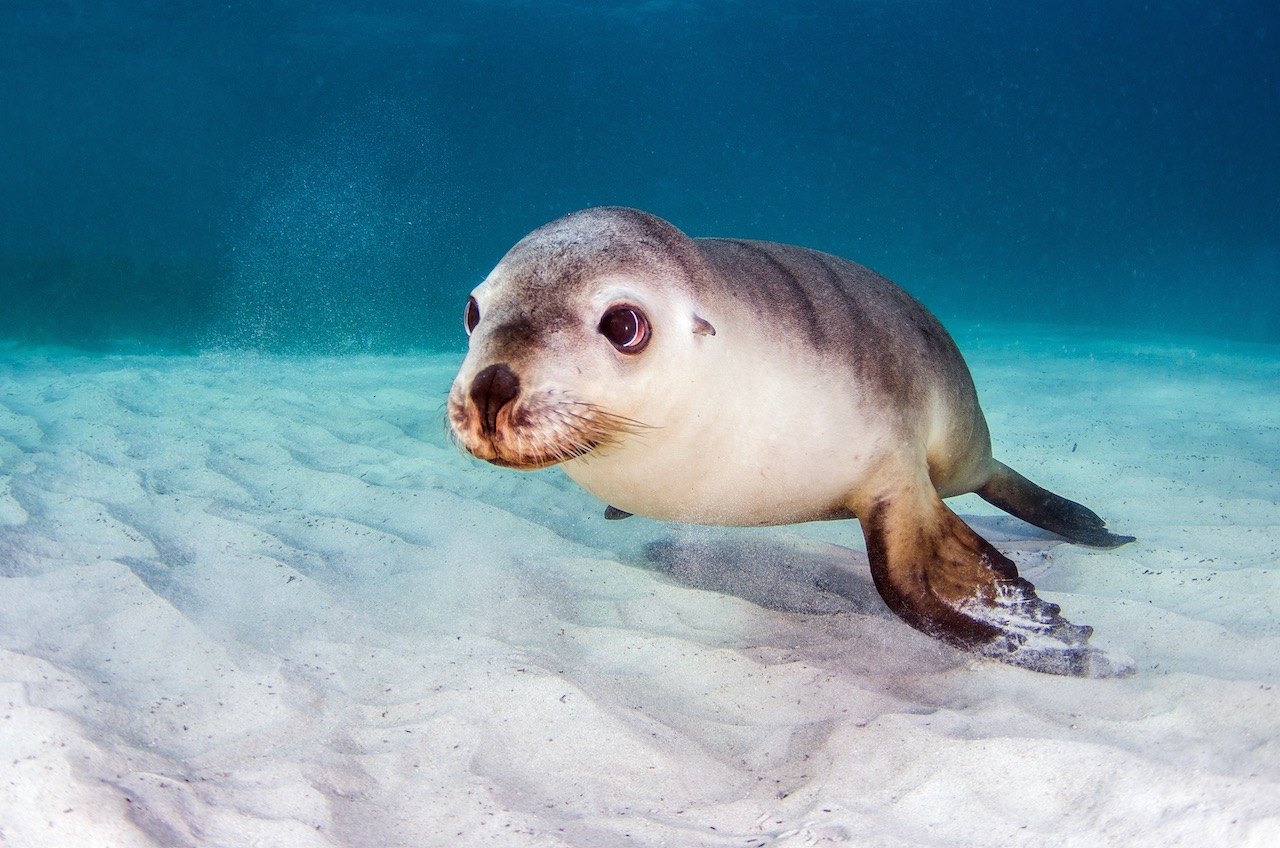
10. Sea lions are adaptive hunters
Much like orcas, local populations of sea lions can develop unique hunting strategies, depending on where they live and what they like to eat. For example, the Galapagos sea lions are known to hunt in groups, corralling or shepherding their prey into the shallows to make it easier to feed. They seemingly reserve this behavior for hunting tuna, which because of their size and strength, would normally be incredibly difficult for the sea lions to predate.
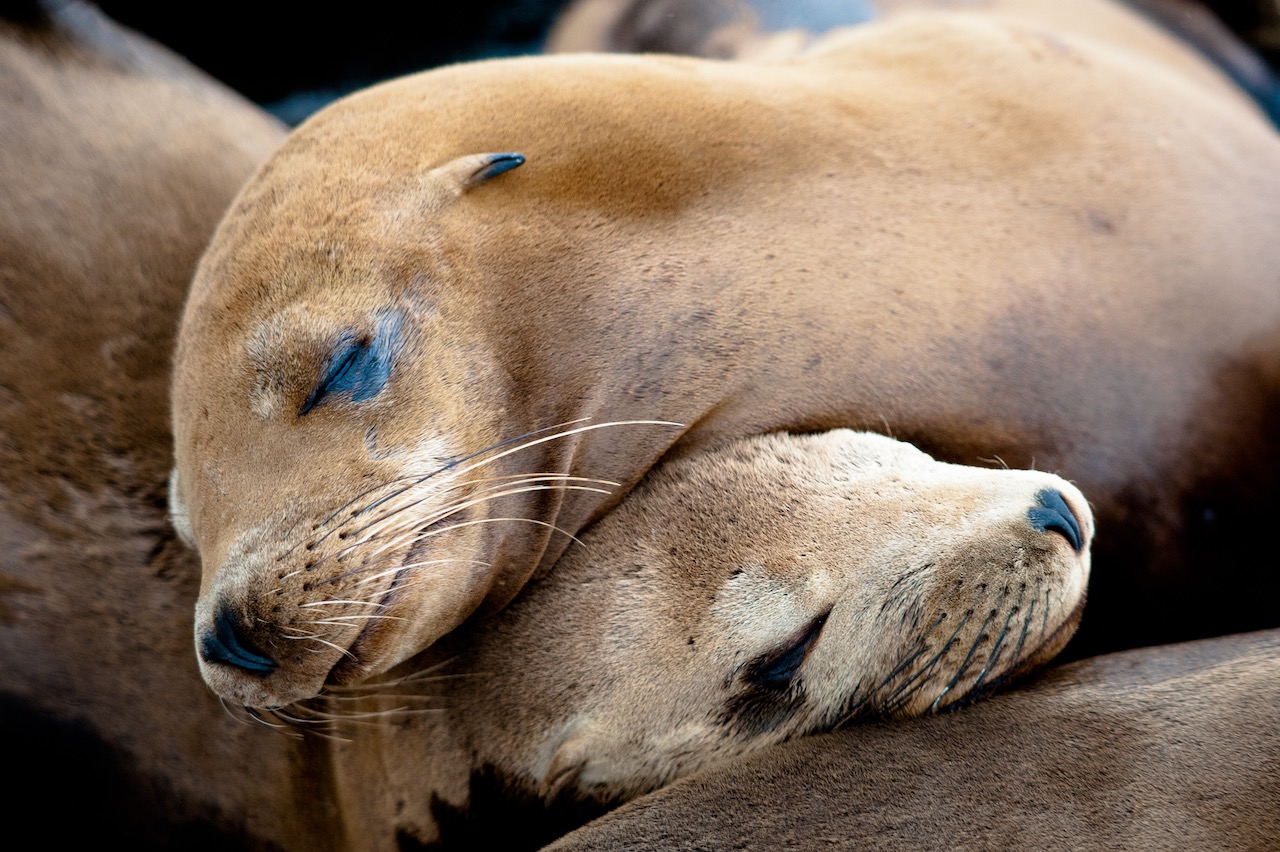
11. Sea lions can live up to 30 years
How long can sea lions live? The answer depends on the exact species, but the average lifespan of a sea lion is between 20 and 30 years.
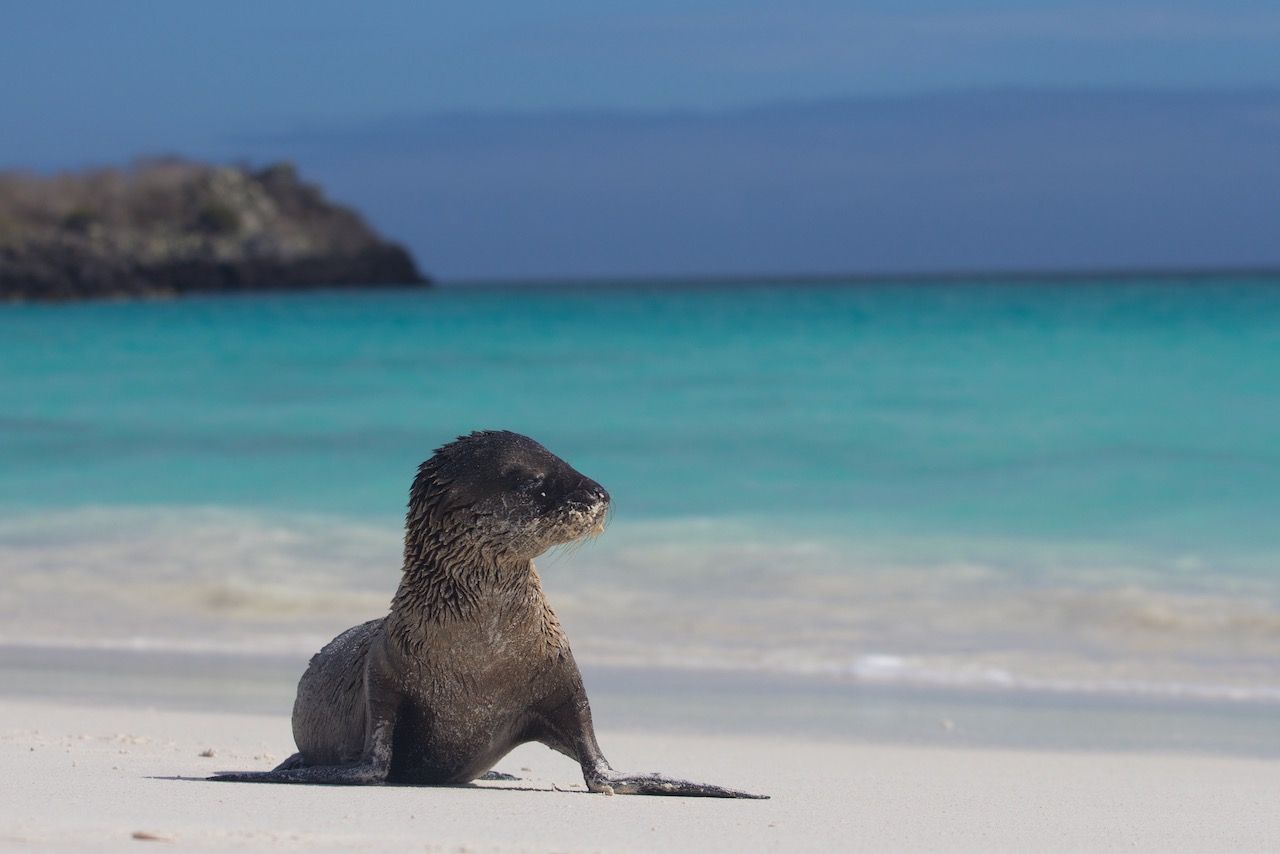
12. Sea lions can stay on land for a long time
We already know that a sea lion can hold its breath for up to 20 minutes, but how long can sea lions stay out of the water? Theoretically, a sea lion could remain on land indefinitely if it didn’t need to return to the water to feed. But, most sea lions only stay on land for an extended period of time for special reasons, like breeding, rearing young or molting. Dominant males have been known to stay out of the water for up to 27 days during breeding season in order to defend their territory, while females will remain on land for 10 days or so after giving birth.
On the other hand, did you know that sea lions can actually stay in the water without ‘hauling out’ to dry land for up to two weeks? Imagine how pruned your skin would be if you stayed in the sea that long!
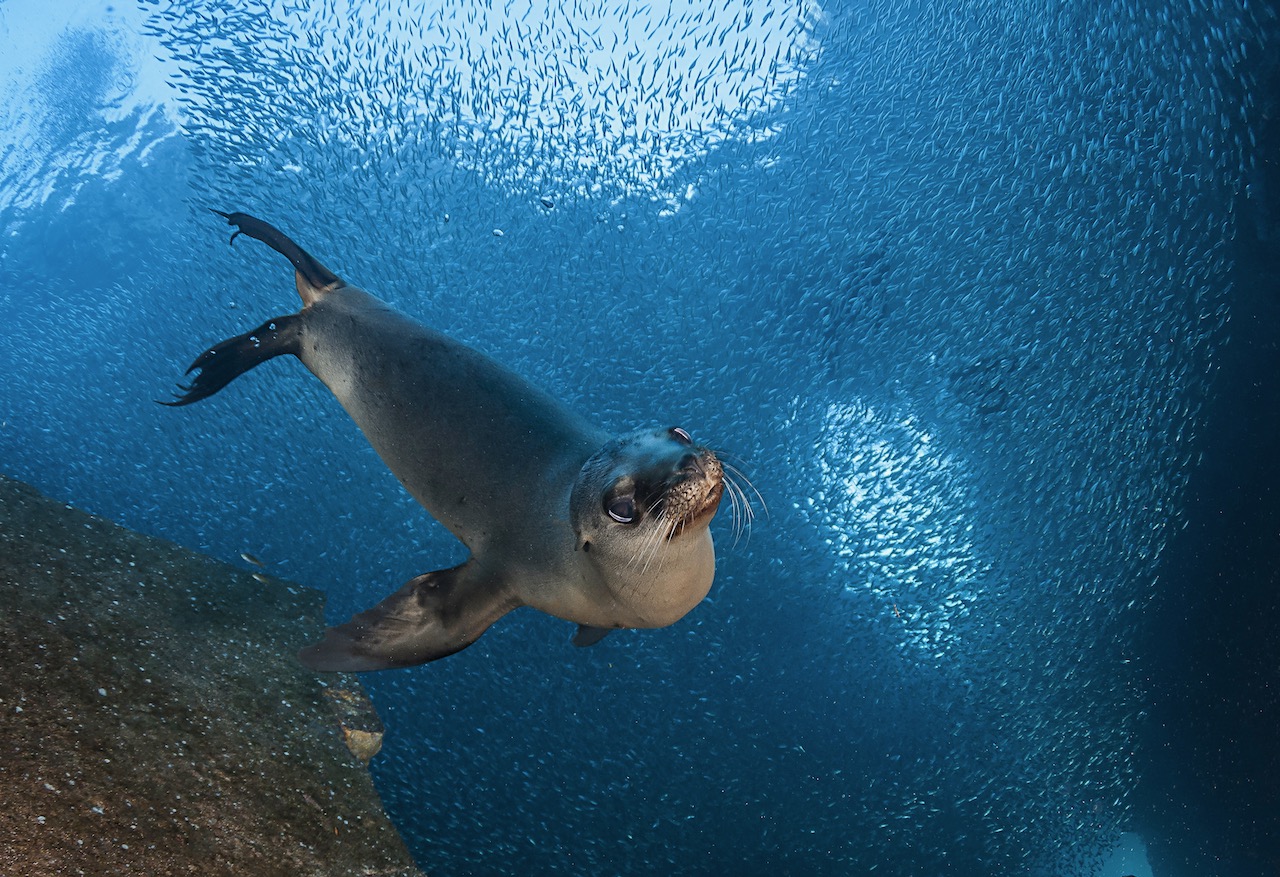
13. Sea lions can swim faster than you
How fast can sea lions swim? Like any other animal, the sea lion is well prepared for a quick getaway should a larger predator show an interest. Most sea lion species can swim as fast as 30 miles per hour (48 kilometers per hour). By comparison, the fastest human ever recorded, Usain Bolt, maxed out at 27.5 miles per hour (44 kilometers per hour).
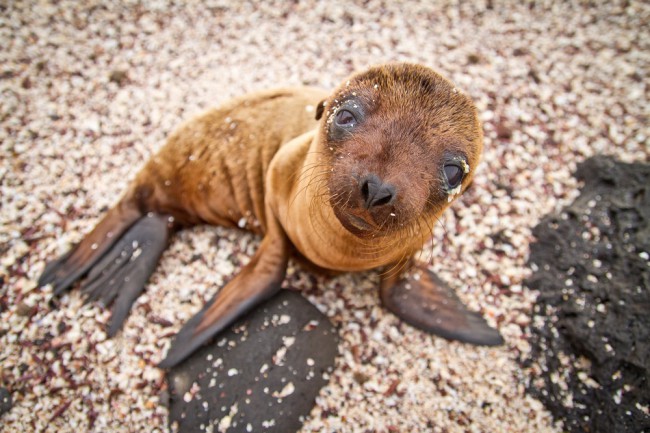
14. They are endangered
This one is probably our fault; humans hunted sea lions for many years until they were on the brink of extinction. International laws now prohibit the hunting of sea lions in an effort to protect and save them.
If these sea lion facts have left you dreaming of your own underwater encounter, then learn more about booking a trip to dive with the sea puppy (okay, fine – the sea lion) at PADI Travel.
